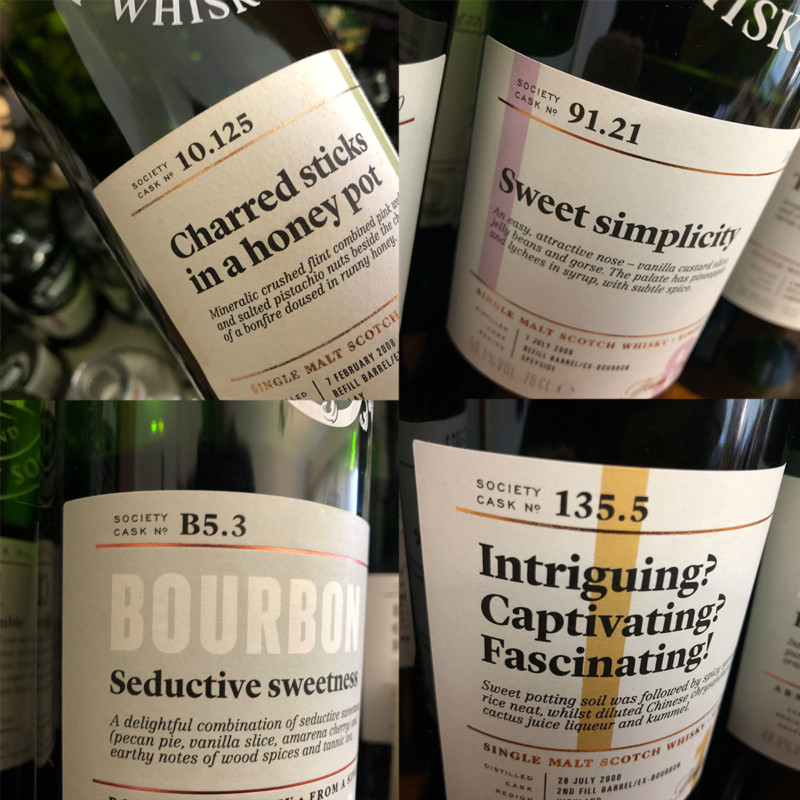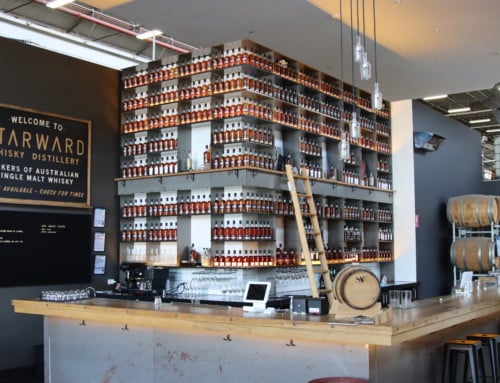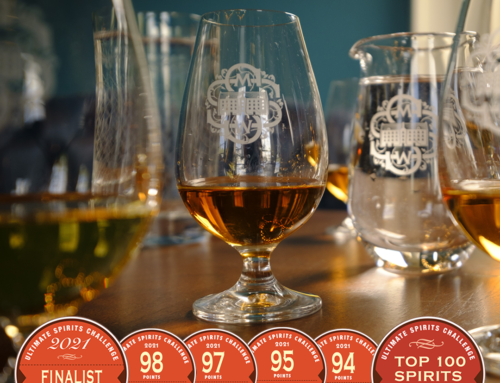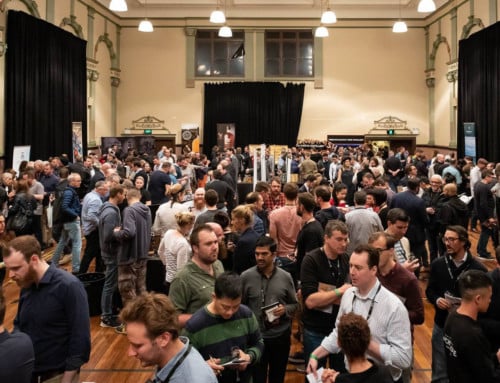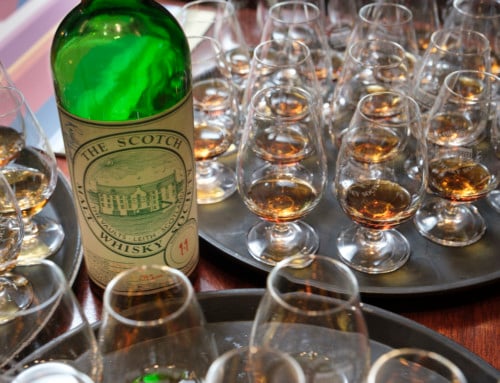48.105? 27.112? G7.11? R13.1? One could be easily confused by all these codes, letters, numbers, almost like it’s a super secret whisky club that you have to know them all. I’m here to tell you, you don’t… let’s dissect what it’s all about.
When the Scotch Malt Whisky Society (SMWS) was founded back in 1983 by Pip Hills, it was his purchase of a single cask of whisky from an iconic distillery in the Speyside region of Scotland that spurred the numbering system into existence. What if that cask was confusing to whisky drinkers as being a ‘core range’ bottling? What if it was objectively a better whisky in single cask form rather than as a single malt? What if we weren’t going to get the best casks if we were essentially competing with their brand as a distillery? Easier to just simplify it and avoid all of these complications, and keep a secret coding system. As well as simplifying things in terms of acquiring and filling great casks of whisky, it also had an unintended consequence for our members: instead of focusing on distillery or ‘expected house style’, it meant as a member you could now just focus on flavour. Focus and enjoy on what is in your glass, rather that what’s on the billboard.
So let’s work out how those numbers work. If I have a bottle of Cask 46.72 Jungle Slippers, the number is the single malt distillery and cask number, while the name is an indicator of the flavours within. In this example, it’s a single malt whisky from distillery 46, and it’s the 72th single cask approved by panel from that distillery in our history. Every cask has to pass our expert tasting panel to be approved worthy to be bottled for our members. Every so often we’ll also bottle other whiskies and spirits that aren’t single malts, so they get a different coding system, and they start with letters: A for Armagnac, B for Bourbon, C for Cognac, G for Grain, R for Rum, RW for Rye whiskey, and GN for Gin.
So as the founder Pip says, “it just tastes better straight from the cask”. We tend to agree!
Cheers!



